Some parents loathe them but for many of us parents, dummies (also known as pacifiers) are probably the best parenting invention ever, having resulted in calmer, happier babies and better sleeping habits. Babies get a lot of comfort from sucking and dummies allow them to do just that. This is fine when your child is below one year old, but once your child becomes a toddler, dummies can be problematic. Dummies can affect the way a child’s teeth grow, resulting in an overbite that can cause painful jaw problems later in life. Furthermore, if a child permanently has a dummy in his or her mouth throughout the day, this can have a negative impact on their ability to correctly say words and sounds.
If you haven’t already done so, then before you go completely cold turkey, consider reducing your child’s use of the dummy to night time only, when they are sleeping. This will make the transition easier. Then you can try one of these parent tested methods to fully wean your child from the dummy.
1. The Dummy Fairy
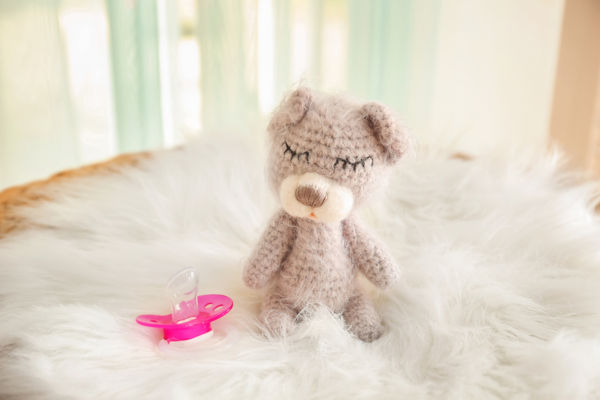
One of the most favourite methods to wean children from their dummies is to introduce the dummy fairy. Tell your child that now they are a big girl or boy they no longer need their dummy, but that there are lots of babies who do need dummies. You can then tell them how the dummy fairy collects the dummies of big boys and girls and gives them to little babies, leaving a toy in exchange.
Get your child to gather up all their dummies and loop them on a string that can be hung up somewhere for the fairy to collect. When your child isn’t looking you can swap the dummies for a new cuddly toy that he or she can take to bed as a comforting toy instead.
If your child becomes upset at bedtime you can gently remind them that they are a big child now and their dummies have gone to help little babies, and that they can cuddle their new soft toy instead.
2. The Broken Dummy
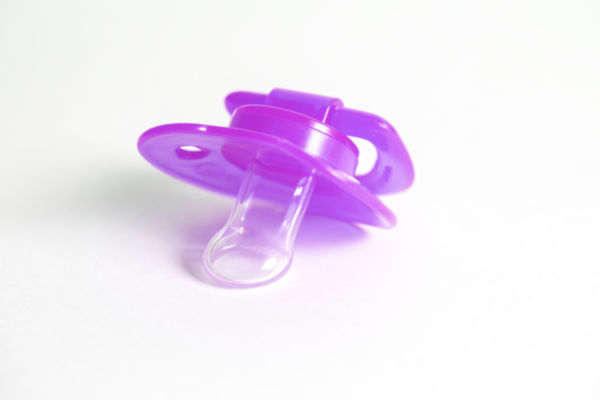
You can put a small hole in the dummy (the part that goes in your child’s mouth) with a pin. This will make it difficult for your child to suck on it properly. You can then explain that the dummy is broken and that it needs to go in the bin. Your child will probably be upset, but you could offer to take them out for a treat to cheer them up. Some children accept this method more readily than others.
3. Post The Dummy Away
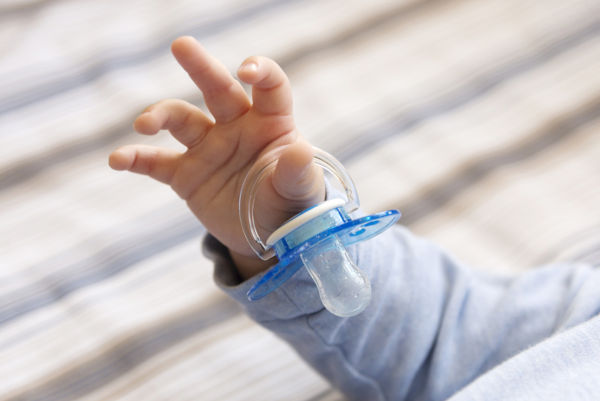
If your child has a favourite television or book character then you could use your imagination to come up with a story about how that character needs your child’s dummy. Write a letter to your child from that character asking for their help and for the dummy. For example, Peppa Pig might need your child’s dummy to stop her cousin, baby Alexander, from crying so much. Spiderman might need your child’s dummy to plug the mouth of a poison spouting alien.
Your child could then send the dummy by post to their favourite character (and having a relative who will happily receive a parcel of dummies is required!) to help them on their mission. You could then order a toy online to be delivered to your child as a thank you from the chosen character.
4. Read A Book About Giving Up Dummies
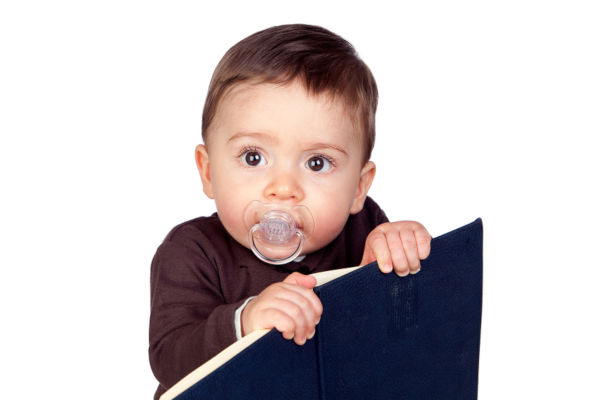
If your child loves bedtime stories then consider introducing one about giving up a dummy. The Last Noo-Noo by Jill Murphy is an award-winning tale of a monster who is reluctant to give up his “noo-noo”, aka, his dummy, even when he is teased by all of the other monsters. He eventually makes the decision to give it up all by himself. Another favourite of parents is from Tony Ross’s Little Princess series. I Want My Dummy features the naughty Little Princess who keeps finding her dummy hidden by her parents in various strange places around the palace. These books can introduce the idea of going dummy-free in a fun and child-friendly manner.
5. Take It Gradually
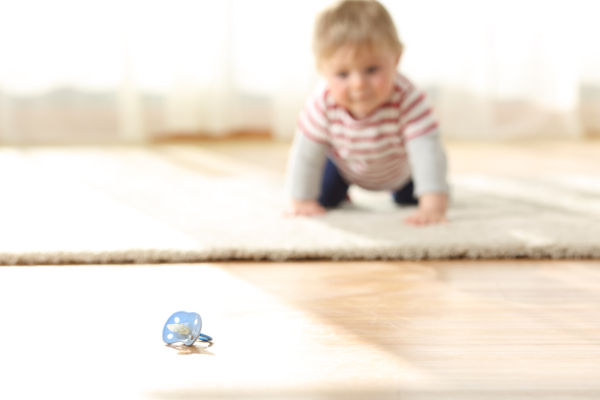
Some parents dread the idea of going cold turkey when it comes to giving up dummies and prefer to use a gradual approach. As mentioned at the start of this article, it’s best to restrict dummies to night time use to begin with. Then you could try giving the dummy every other night to start with, or try taking it away once your child has gone to sleep for the night. This will help your child get used to the idea slowly, and help them to see that they are able to manage without a dummy.
6. Use Stickers For Rewards
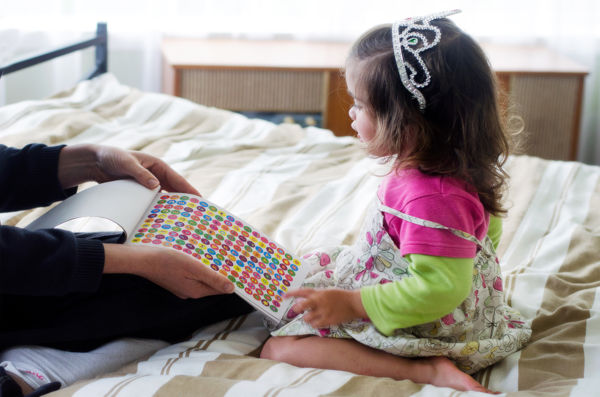
It’s a universal truth that toddlers love stickers. Stickers are basically catnip for toddlers, sending them shrieking with happiness every time they get a new one. Unlike their older siblings who demand cash, sweets, or toys for rewards, toddlers are more than happy with a piece of sticky paper with a picture on it, providing they can stick it to their t-shirt and show it off to everyone they see. Take advantage of this easy way to reward your toddler by getting some special stickers that reward giving up the dummy. You could give one every morning for each night they go without their dummy to sleep and remind them each evening that they can get a new sticker the next morning if they go to sleep.




